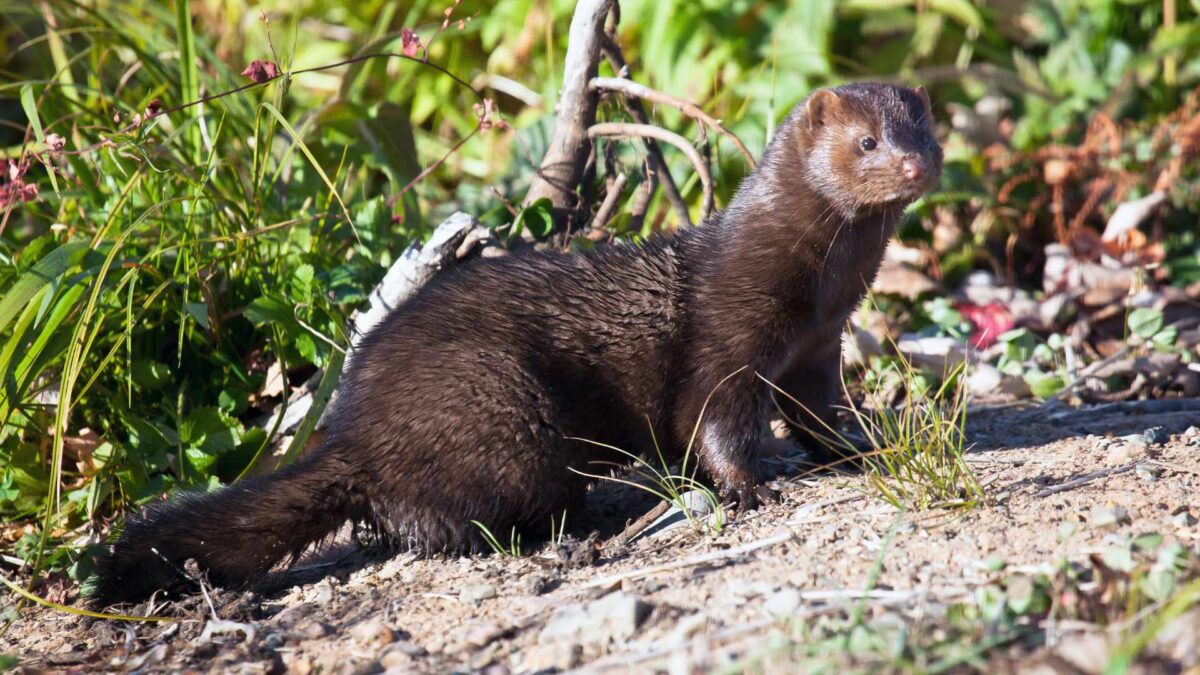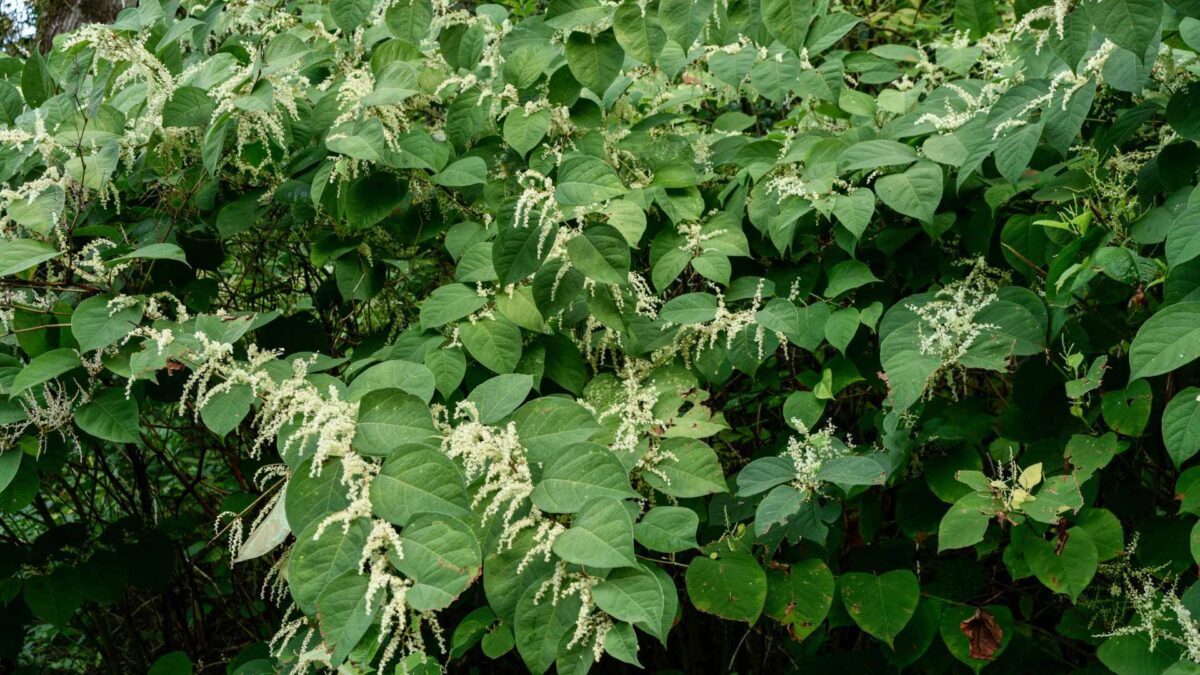
EU adds 25 new invasive species, including several present in Ireland

At a meeting of the EU Invasive Alien Species Committee in Brussels, Member States approved a European Commission proposal to update the list of invasive alien species of Union concern with 25 new species.
The updated list, drawn up under Article 4 of the EU IAS Regulation, is intended to prevent, minimise and mitigate the impacts of invasive species across the European Union. Species are added following a risk assessment by the Scientific Forum, with proposals submitted by the European Commission and approved by the IAS Committee, as set out in Articles 27 and 28 of the Regulation.
Among the 25 species added, eight are already present in Ireland. These include the North American mink, a significant predator of ground-nesting birds such as curlew and corncrake. Mink is already listed on Ireland’s national register of invasive alien species under the European Union (Invasive Alien Species) Regulations 2024.
Sika deer has also been added in recognition of the damage it can cause to native woodlands and other habitats, while the yabby is established at a single site in Ireland. Flatworm species such as Obama nungara are now listed, with restrictions expected to reduce the damage they can cause to native trees and woodlands.

The Australian swamp stonecrop, a widespread freshwater aquatic plant in Ireland, and three invasive knotweed species in the Reynoutria genus, including Japanese knotweed, are also included. Control and eradication efforts for these knotweeds in Ireland have largely been carried out by public bodies such as local authorities, the OPW, and Transport Infrastructure Ireland on national roads.
EU Member States are now obliged to either eradicate newly listed species if they arrive or implement management plans where they are already present and widespread. Requirements for mink management will be deferred for two years to allow Member States with active mink farms to establish appropriate measures.
The updated list came into effect under Commission Implementing Regulation (EU) 2025/1422 of 17 July 2025. The full list is available on the European Union LEX website.









